AMM Artist Spotlight: David Prentice
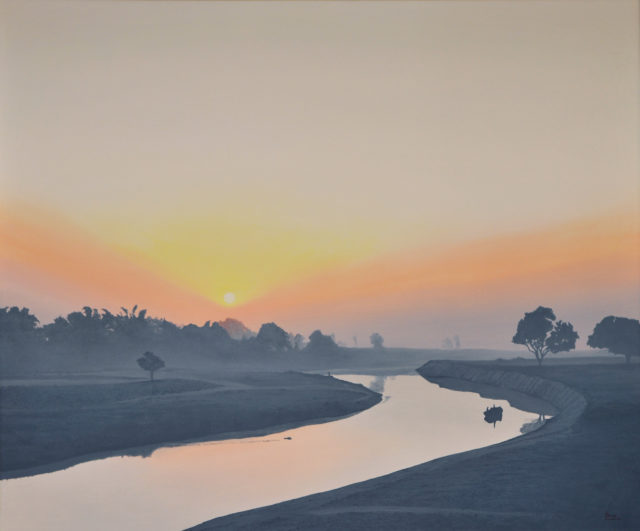
“As an artist, you must capture movement within stillness. That’s the challenge of painting water.”
“Prentice is possibly, even probably, the finest overlooked master painter in the current era of money-driven gallerists now dominating the New York art world…Pieces from that series were acquired by the Smithsonian, the MoMA, Yale University, the Wadsworth Atheneum, and other public and private collections.”
As he moves out of his NoHo loft home of more than fifty years, the ever-convivial artist David Prentice seems nonplussed as much as bittersweet about the situation. “It’s time to move on”,” he says with a shrug. His large, meditative landscape paintings will be the last things to be displaced.
Prentice is possibly, even probably, the finest overlooked master painter in the current era of money-driven gallerists now dominating the New York art world. “The money has become the art, and that’s spiritually destructive”,” he says. Fortunately, over decades, sensibilities elsewhere on the planet, particularly Japan and Europe, led private collectors and public collections to embrace the work of this artist. His paintings will endure.
David Prentice arrived in New York in 1964, fresh from the Hartford Art School – a part of the Wadsworth Atheneum in Hartford, Connecticut. He soon found himself a regular among the cast of artists and characters hanging out in the vibrant Manhattan art scene. “The art world was much more collegial at that time”,” notes Prentice.
It was at The Factory, Andy Warhol’s studio and the vortex of the avant garde at the time, that Prentice met Henry Geldzahler, the influential Belgian-born critic and art historian who was curator of American painting for the Metropolitan Museum of Art and eventually served as Cultural Commissioner for the City of New York. Geldzahler introduced the young artist to Jasper Johns, who offered Prentice the job as his studio assistant. From there, Prentice went on to work in the studios of Cy Twombly, Robert Rauschenberg, Helen Frankenthaler, Robert Motherwell, Malcolm Morley, and Alexander Liberman, often working a day a week for each artist, stretching canvases for scores of paintings that now sell for tens of millions of dollars.
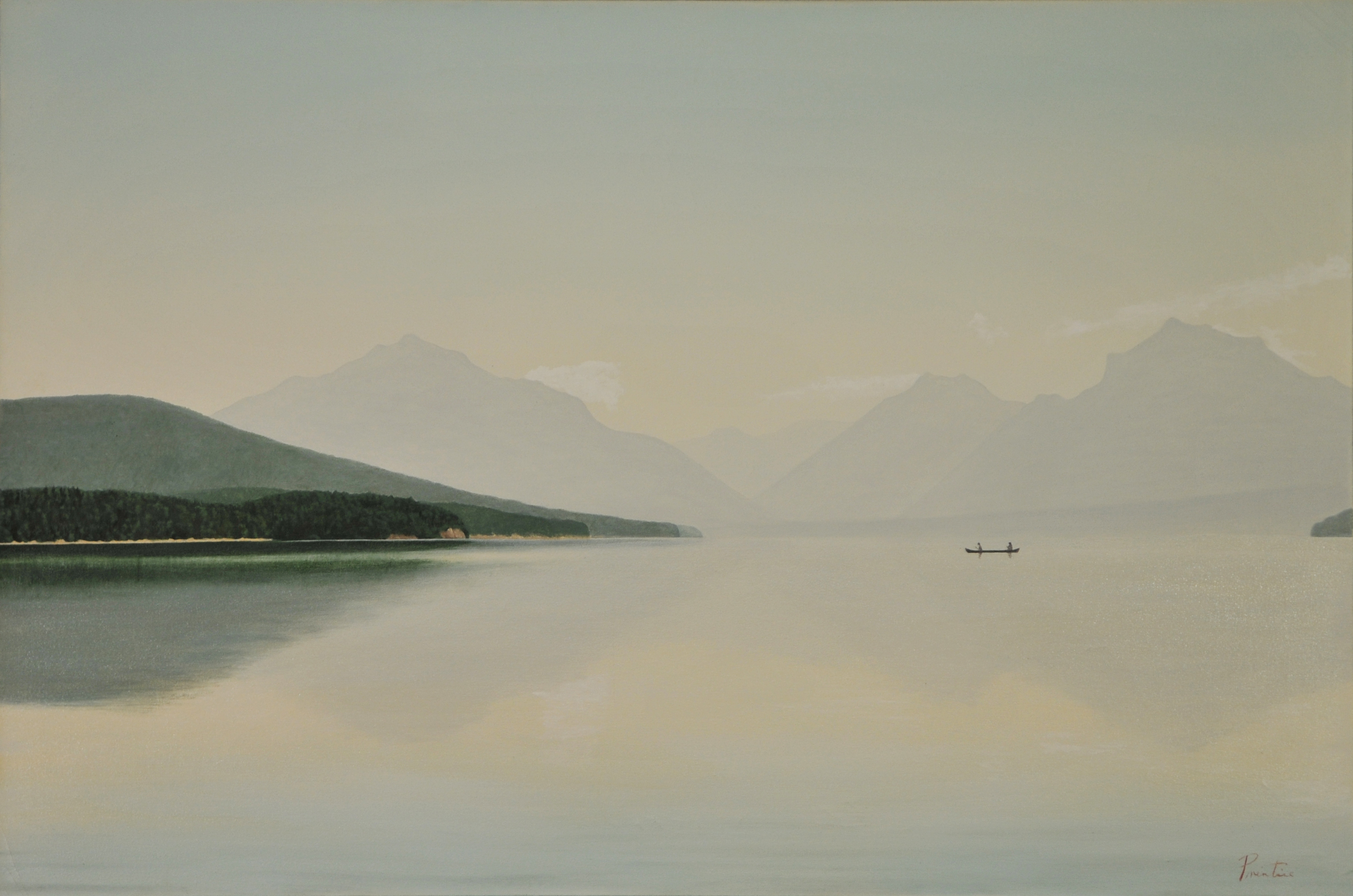
Pop and Minimalism were coming into their own, as a response to the second generation of Abstract Expressionists, a group that had become academic and over-the-top in their adherence to an ideal that was at best Romantic and at worst lost in self-satisfaction with “action painting” that was belligerent with color and splash. Prentice initially chose to pursue Minimalism.
At the same time, he found his own workspace and home on Broadway between Bleecker and Bond. It was three thousand square feet of raw space that Prentice began transforming into an elegant and quintessential New York artist’s loft. There he created his White Paintings.
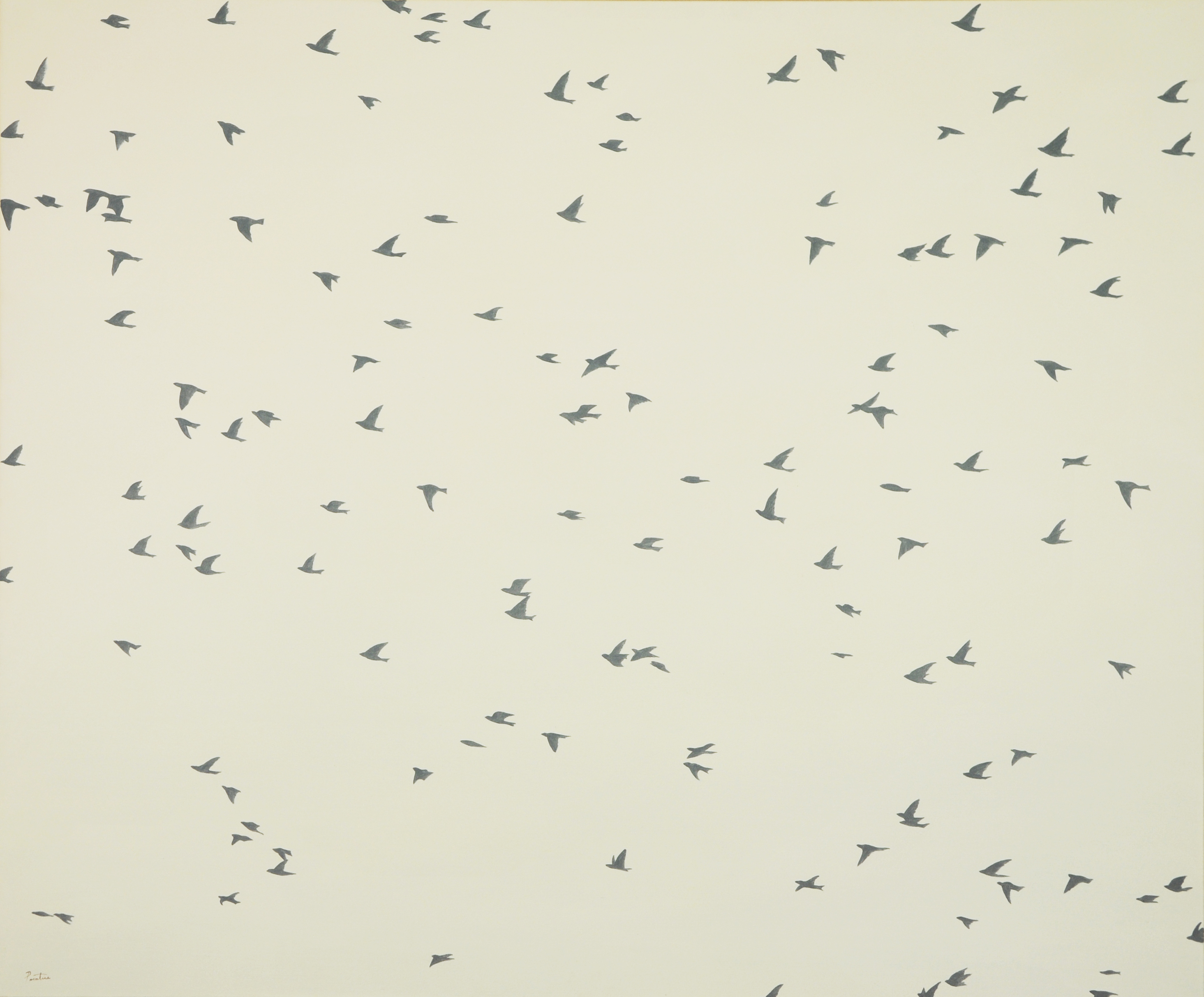
The White Paintings were shown as the inaugural exhibition when the Sonnabend Gallery moved from Paris to Manhattan. Pieces from that series were acquired by the Smithsonian, the MoMA, Yale University, the Wadsworth Atheneum, and other public and private collections. The White Paintings were also exhibited at top galleries in Toronto, Canada and Milano, Italy. “They were subtle”,” he says of that period. “It was the first time my painting became a form of meditation for me.” Eventually, that contemplative quality led Prentice to begin experimenting with landscapes. “I was hungry for content, which I found in landscapes, and I found myself in that meditative space again.” Now, though, others were expressing an appreciation of the contemplative quality. It was present in the works.
It was around this time that he met and married Shinko, a Japanese woman with a distinctly modern sensibility and exceptional business acumen. The couple began hosting dinner parties where artists and bohemian litterateurs mingled with the host’s collectors and visitors from abroad. William Burroughs, the iconic Beat novelist, became Prentice’s close friend and frequent correspondent over decades. Soon Prentice and his bride began to divide their time between Manhattan and Hokkaido, Japan.
It was in Japan that the artist embraced Buddhism. As a result, he feels strongly that”,”If my art isn’t nourishing in some way, or spiritual, it’s a waste of time.” He gave himself over entirely to landscape painting, often with a strong water element.
“As the Native Americans say, water is life”,” he explains. “As an artist, you must capture movement within stillness. That’s the challenge of painting water.” The brushwork in these compositions is extraordinary in its subtlety and precision. “The aim of the work is meditative, to have a calming, soothing effect. In that sense it can be healing.”
He learned to speak Japanese and became something of a sensation over there, showing in the top galleries in Tokyo and other cities, gathering a coterie of collectors, and lucrative commissions. The works also garnered a devoted following in Europe, where the artist and his wife began to travel extensively.
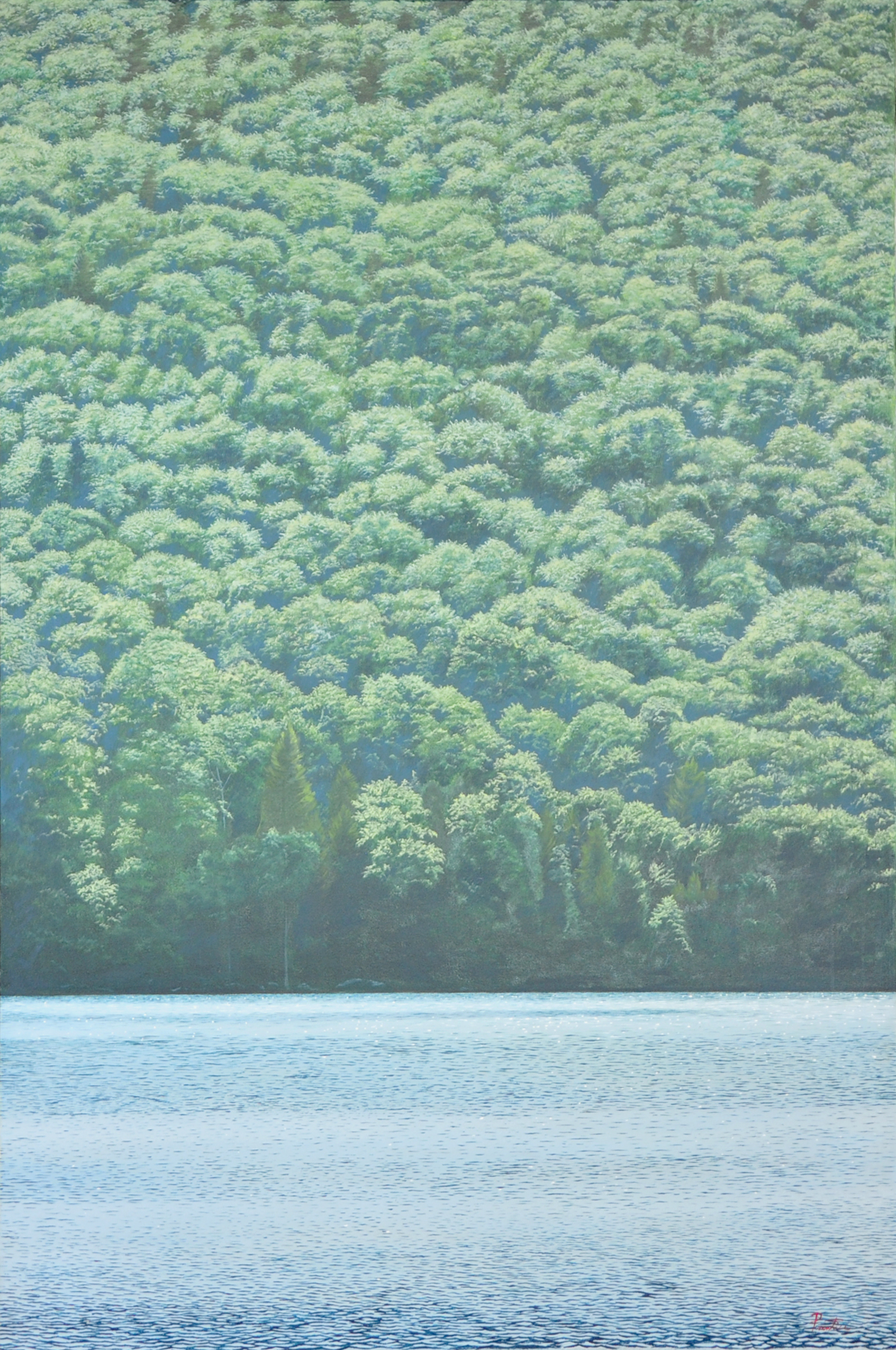
However, in New York, where critics and gallerists embraced edgy and shocking in search of the new, his name began to fade. It did not seem to matter so much. Prentice eschewed art world isms and basked in the joy he got from painting. A few years ago, he found himself experimenting with Minimalism again, in both painting and sculpture. “It’s another space for me to explore artistically. I now do both”,” he says unapologetically.
Almost three years ago, tragedy struck. His wife died suddenly and unexpectedly. In the early part of this year, the seventy-five-year-old artist decided to leave New York.
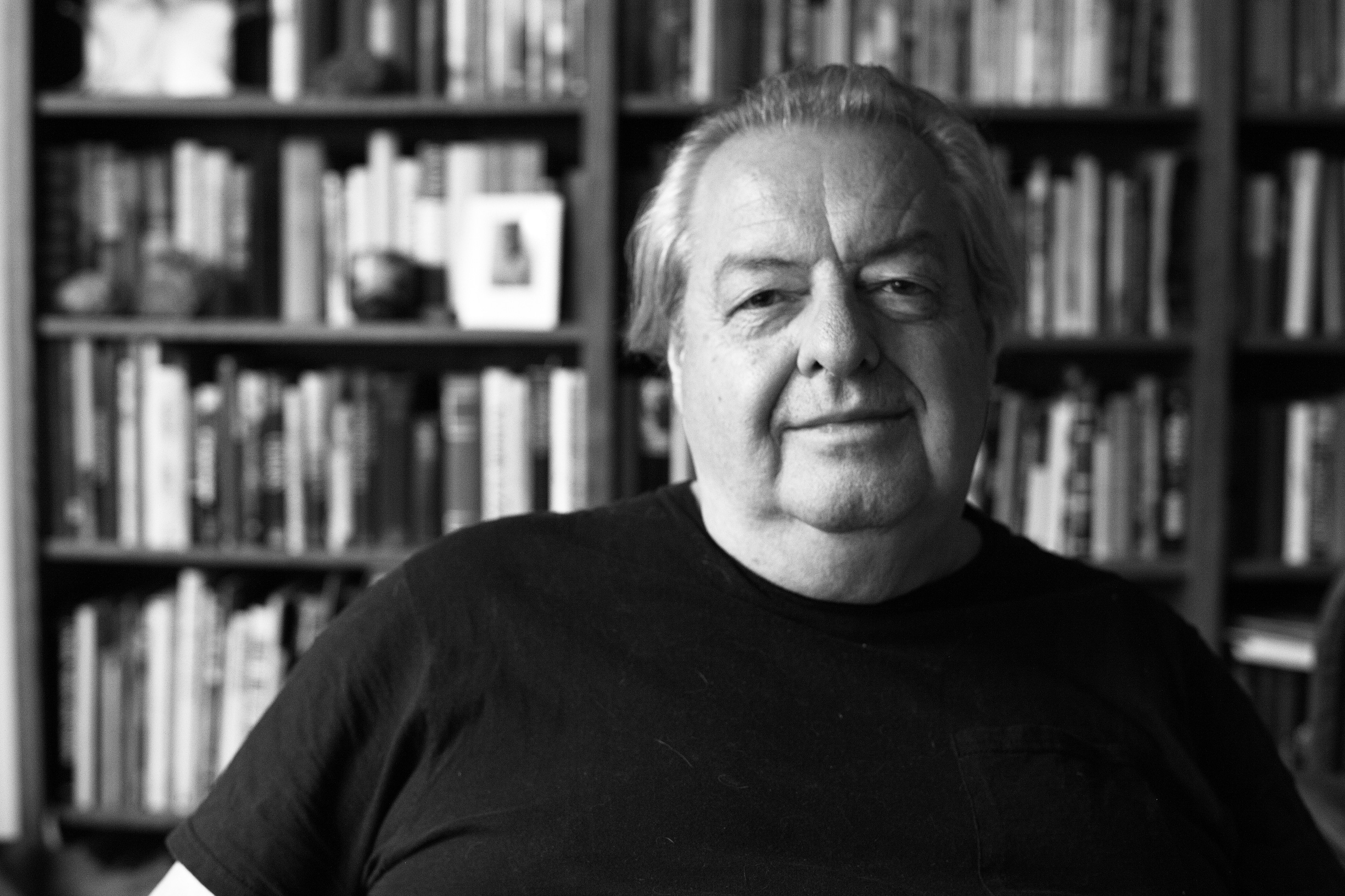
His paintings are currently being prepared for long-term storage. An avid reader, Prentice’s library, furniture and other belongings, are being dispersed among friends and family. He plans to make his house in Japan his base of operations, though he is looking at spaces in Europe to establish a second studio. “After fifty-two years here, the universe is giving me a nudge”,” he says. “It’s a new chapter.”
To make an appointment to view and or purchase of David Prentice’s artwork please contact AMM CEO & Publisher Michael Reiss at reiss@ArtsManagementMagazine.com. David Prentice’s work can be viewed in New York City and The Hamptons.







